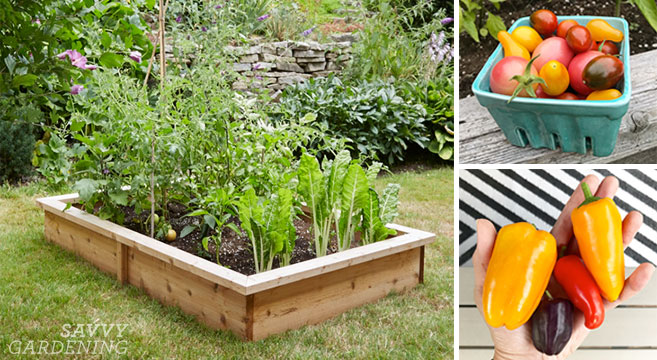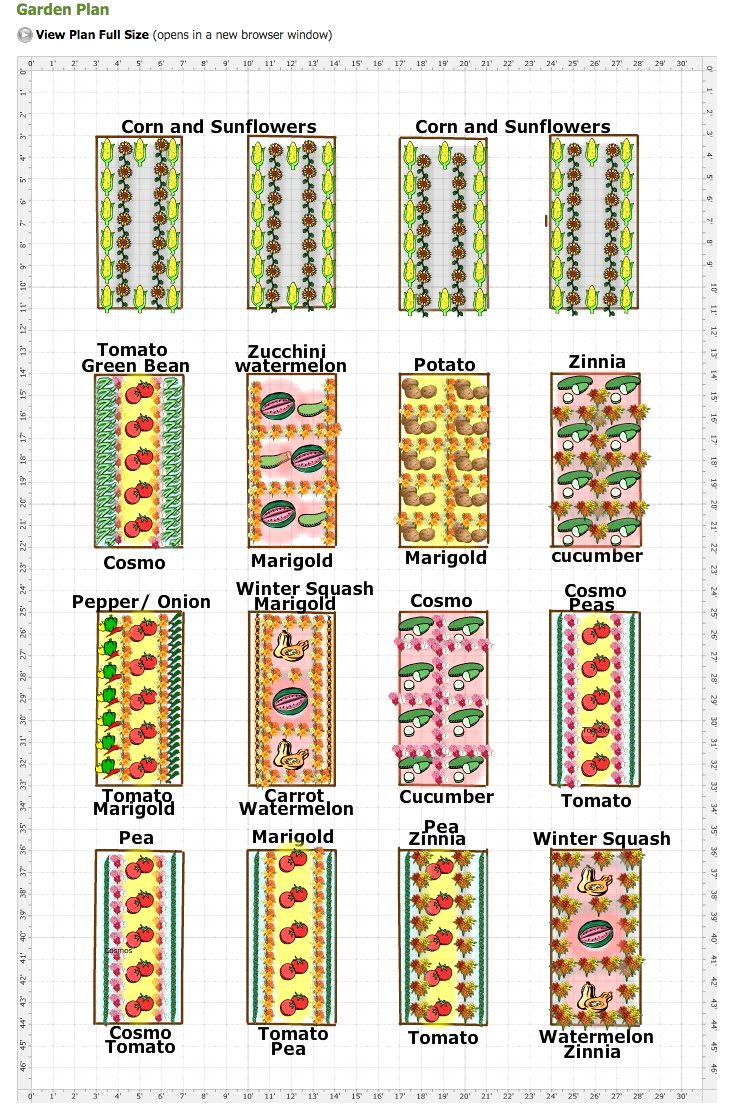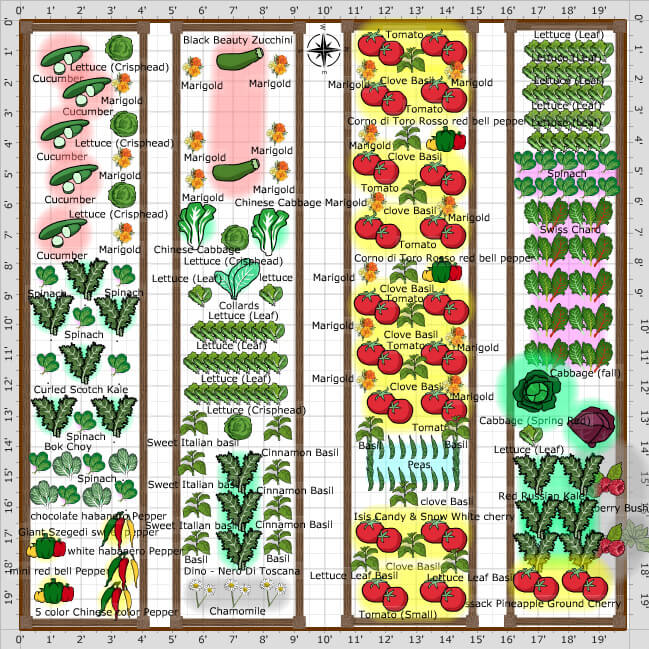
Broccoli is usually one of the more expensive vegetables that can be grown in most home gardens.įood value of vegetables. Plant vegetables that are expensive to buy at the grocery store. Tomatoes, bush beans, squash and peppers require more space but produce over a long season.Ĭost of vegetables if purchased. Small, fast-maturing crops such as radishes, turnips and beets yield quickly and do not require much space. The smaller the garden, the more important it is to get high production from each row. Other vine crops such as cucumbers and cantaloupes can be grown in small gardens by trellising them on a fence some other structure.Įxpected production from the crop. Do not plant watermelons in a small garden. Consider the following points in selecting vegetables: What to grow in the garden is as big a decision as where to locate it. If you want to plant ten rows of vegetables, the garden must be 30 feet wide. Most need at least 3 feet of space between rows. If you want to grow vegetables for canning or freezing, a bigger area is needed. If the garden is purely a recreational activity, a container or flower bed garden may be big enough.

A larger family also can use more vegetables. If gardening is a family activity, a large space can be cared for. If the only time you have for gardening is after work or school, or on weekends, there may not be enough time to care for a large garden. In a suburban or rural area, however, there may be plenty of ground space for a garden. For apartment dwellers, the garden may be a planter box. When determining the size of your garden, consider these factors: A garden that is too large will be too much work. Making the garden too large is one of the most common mistakes of enthusiastic, first-time gardeners. A successful garden begins with a good design. Few people have the perfect garden location, so look for the best spot possible.įigure 1.Water is needed especially during long dry periods or when planting seeds.


In many areas a garden can grow without watering, but it is more likely to be successful if it is irrigated.


 0 kommentar(er)
0 kommentar(er)
